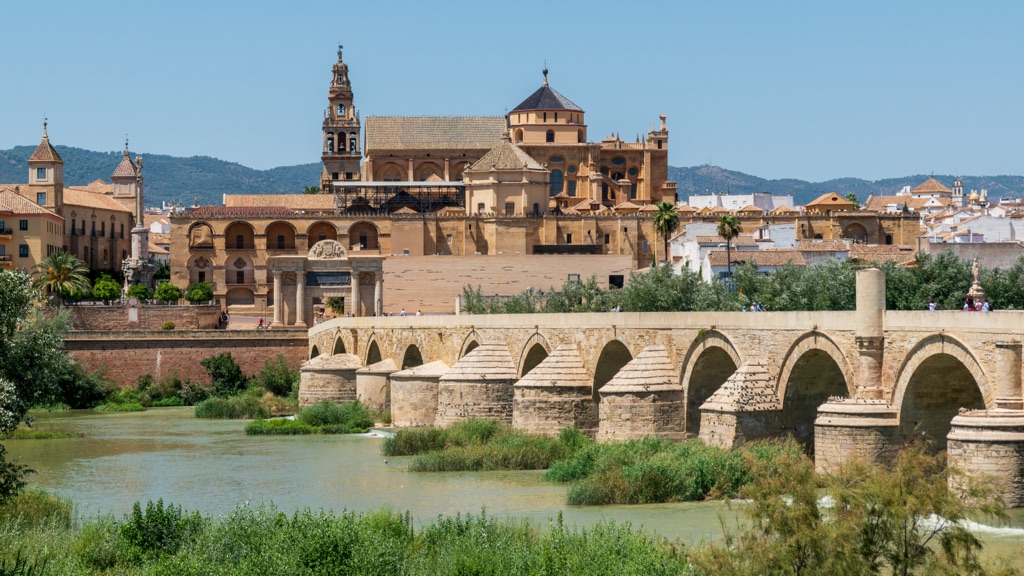The Mosque-Cathedral of Córdoba: A Monument of Religious and Architectural Fusion
The Mosque-Cathedral of Córdoba, officially known as the Cathedral of Our Lady of the Assumption, stands as a monumental testament to the religious and architectural history of Spain. Located in Andalusia, this edifice has served both as a mosque and a cathedral, reflecting the complex tapestry of Spanish history. Its unique status as a former mosque has also earned it the name Mezquita and the Great Mosque of Córdoba.
Get your dose of History via Email
Historical Background
The site of the current Mosque-Cathedral has a contested history, with claims of it being a Roman temple dedicated to Janus and later a Visigothic Christian church dedicated to Saint Vincent of Saragossa. The narrative suggests that after the Umayyad conquest, the church was shared by Christians and Muslims until 785 AD, when Abd al-Rahman I purchased and demolished the Christian half to construct the grand mosque. This narrative, while traditional, is debated among scholars due to the lack of contemporary accounts and archaeological evidence.
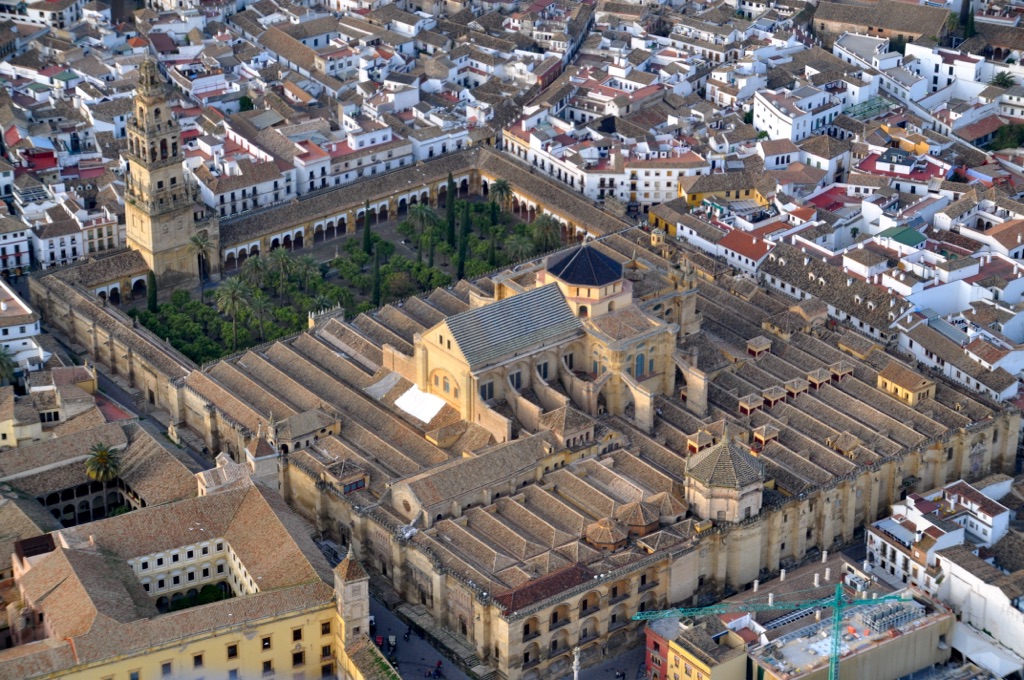
Construction of the Mosque
The construction of the Great Mosque began in 785-786 AD under Abd al-Rahman I, marking the establishment of the Umayyad Emirate in Al-Andalus. The mosque’s design incorporated Roman, Visigothic, and Syrian influences, utilizing spolia from earlier structures. The original mosque featured a hypostyle prayer hall and an open courtyard, with its most notable architectural innovation being the two-tiered arches.
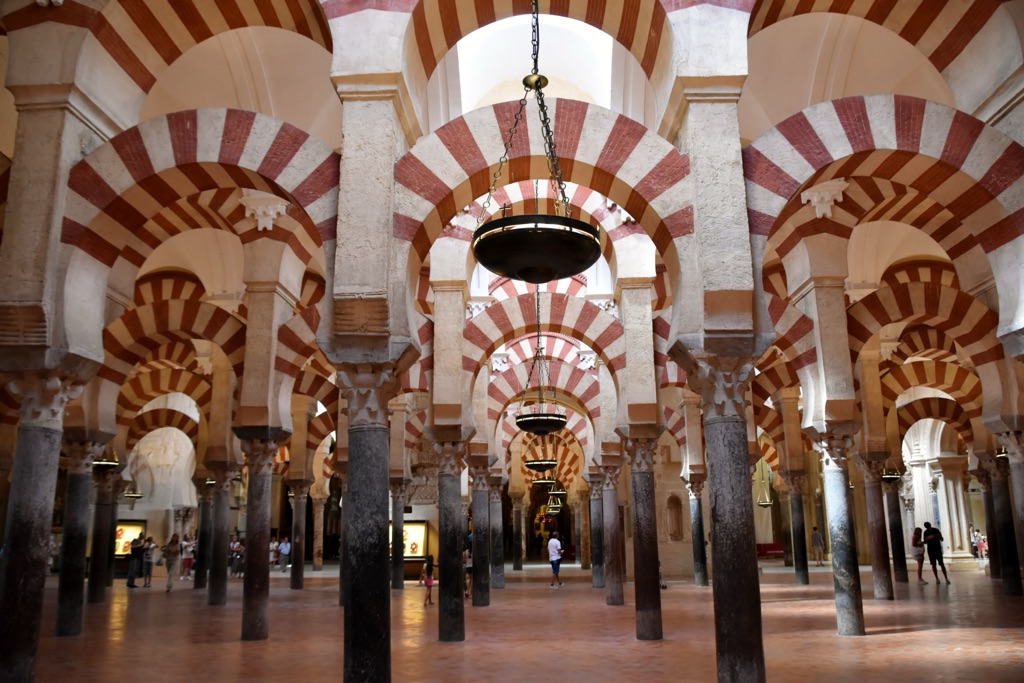
Expansions and Architectural Innovations
The mosque underwent several expansions, notably under Abd al-Rahman III, who added a minaret and enlarged the courtyard, and Al-Hakam II, who extended the prayer hall and introduced decorative elements such as the ribbed dome and richly decorated mihrab. The mosque’s final significant expansion under Muslim rule was ordered by Al-Mansur, extending the mosque laterally towards the east.
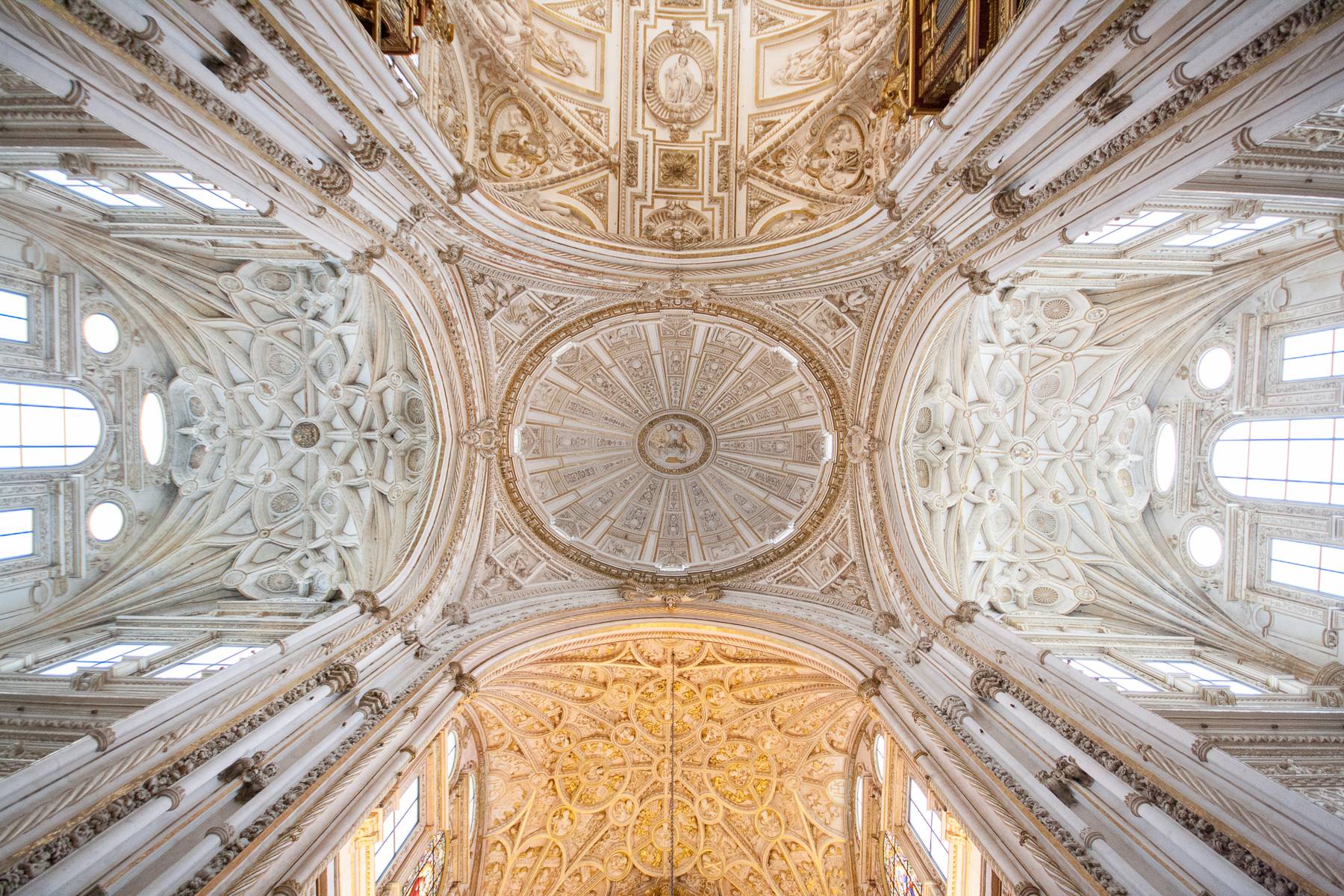
Reconquista and Conversion to Cathedral
In 1236 AD, Córdoba was captured by Christian forces, and the mosque was converted into a cathedral. The structure underwent minor modifications until the 16th century when a Renaissance cathedral nave and transept were inserted into the center of the building. The former minaret was also remodeled into a bell tower during this period.
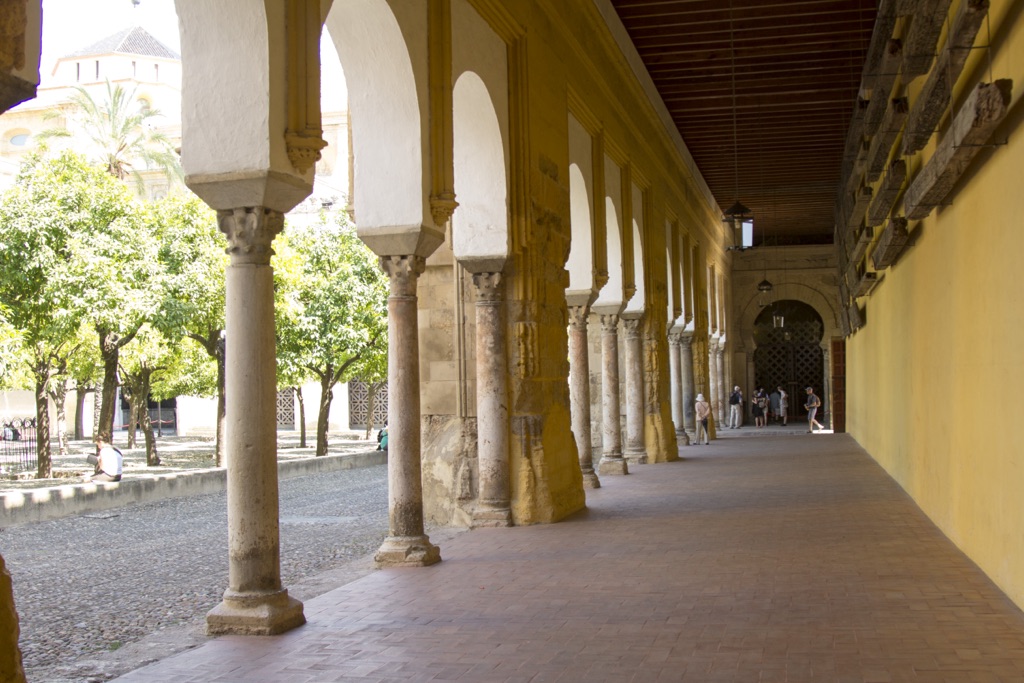
Modern Restorations and UNESCO World Heritage Status
Starting in the 19th century, modern restorations have focused on recovering and studying the building’s Islamic-era elements. The Mosque-Cathedral was declared a UNESCO World Heritage Site in 1984, with its status extended to the entire historic center of Córdoba in 1994. Restoration projects have continued into the 21st century, ensuring the preservation of this architectural marvel.
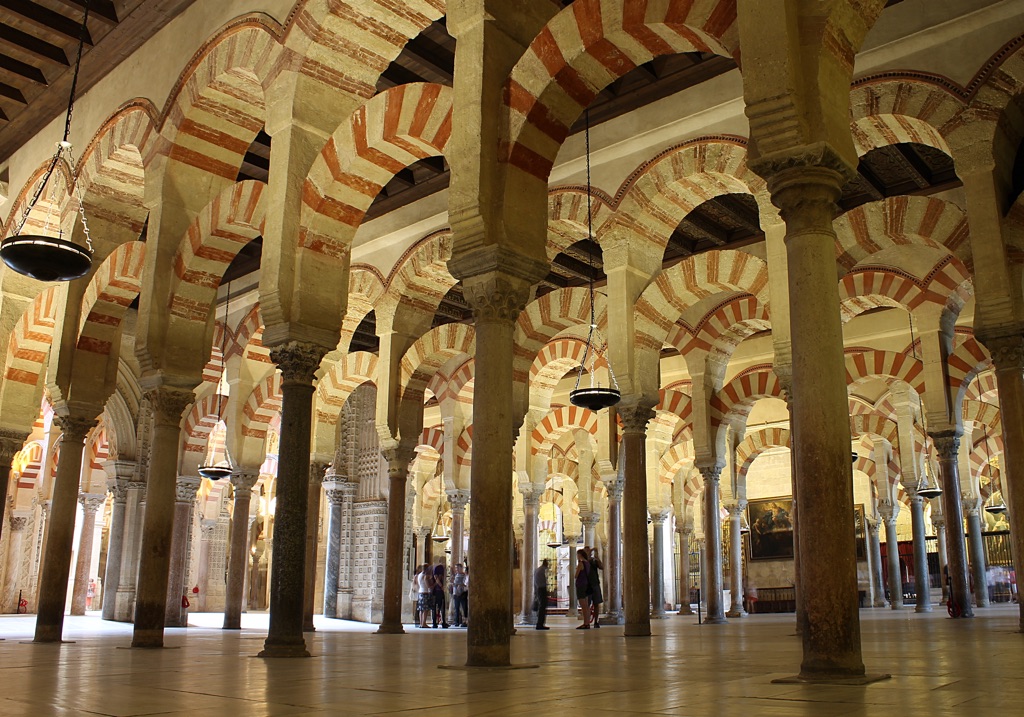
Conclusion
The Mosque-Cathedral of Córdoba stands as a symbol of the religious and cultural shifts that have shaped Spain’s history. Its architecture, a blend of Islamic and Christian influences, serves as a testament to the periods of Islamic rule and Christian Reconquista. As a UNESCO World Heritage Site, it continues to attract scholars and tourists alike, drawn to its historical significance and architectural beauty.
Sources:
Wikipedia

